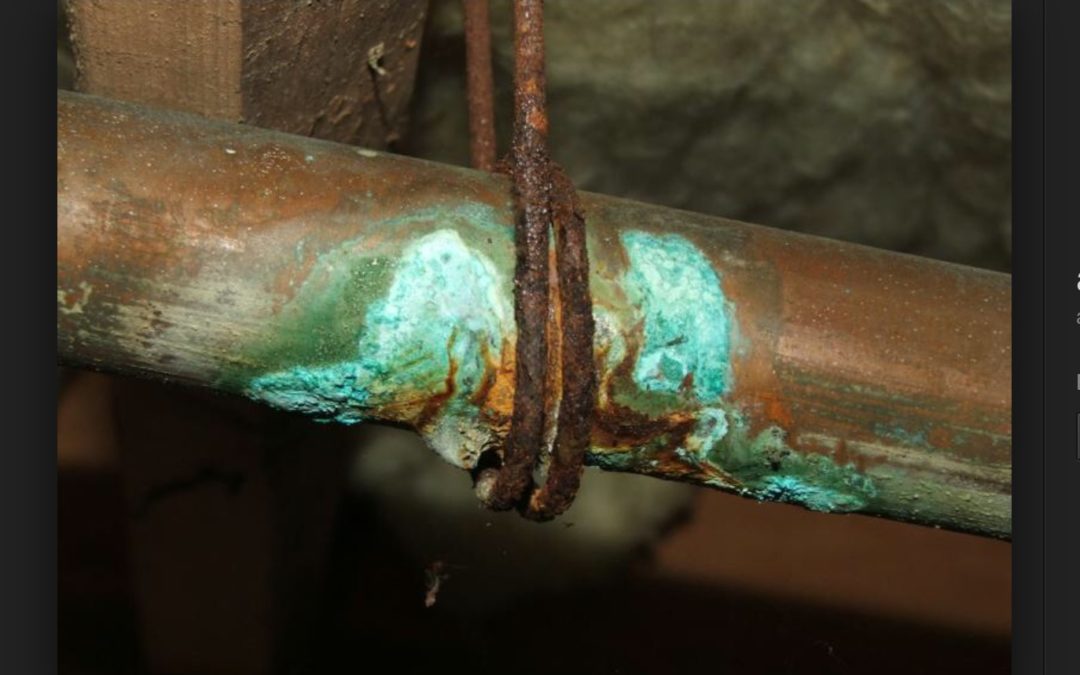
Copper is one of the most common materials used for and as plumbing pipes. This is because this material is flexible, relatively easy to use, and highly resistant to permeation by liquids and gasses. Copper’s resistance to liquid and gas permeation is usually the cause of corrosion and contamination of pipelines.
Corrosion in pipelines happens when the metal dissolves into the water due to different causes and factors. This eventually causes pipe failure and corrosion of water heaters, appliances, and fixtures. In plumbing systems, corrosion is mainly due to the physical and chemical reactions between the pipe material and water.
How do you know if your copper pipes are already corroded? The usual signs include the following:
• Tubing and piping lines or appliances and fixtures are leaking. In addition, if you notice water droplets or crustaceous deposits on the outside of piping, be wary since these are symptoms of further problems within as well.
• The presence of sediment and particulate. Particles and sediments of rust will start building up as reddish-brown residues which are usually seen on the surface of the pipe, appliances, or fixtures.
• The water coming or leaking out is colored. Green, yellow, orange or blue colors in water are evidence of metallic corrosion.
• Water will have a bad taste and smell. Corroded copper will cause water to have a bitter or metallic taste and an unpleasant odor.
Causes Of Copper Pipe Corrosion
Below are the top causes of copper pipeline corrosion:
• Low water PH. The ideal water PH range should be between 7.0 and 8.4.
• High water temperature. When the water temperature rises, the chemical and electrochemical reactions become more active. Warm water also tends to liberate dissolved CO2, which contributes to additional issues in copper pipelines.
• Chlorine and its derivatives. Disinfectants such as chlorine and chloramines have a devastating effect on the integrity of metallic components in plumbing systems and rubber materials.
• High water flow rate. Pitting or corrosion becomes unavoidable in pipelines when the flow velocity is excessive.
Prevention Of Copper Pipeline Corrosion
To prevent corrosion, it is essential to have your water tested for pH value. If the pH value does not fall between 7.0 and 8.4., consider installing a calcite neutralizer tank or a soda ash feeder to raise the pH and increase the alkalinity in the water.
Another way to avoid pipeline corrosion is to install a phosphate feeder in the area before the copper piping. Phosphate will coat the interior surfaces of the piping and cause an insulated surface to be built up, thereby decreasing or slowing down the effects of corrosion.
